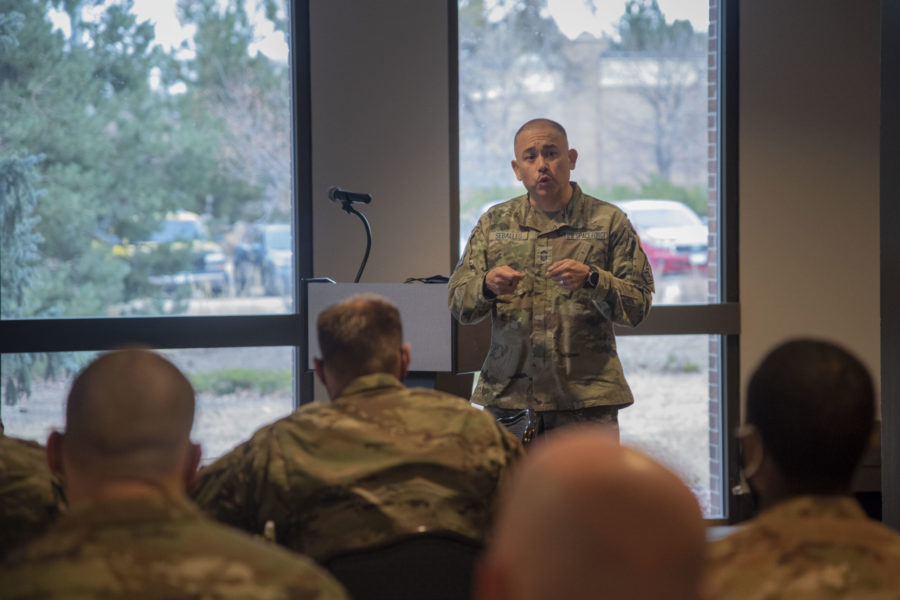The Space Force’s orientation course for people transferring into the new service—civilian and military alike—draws from the “welcoming and intimate” formats the Air Force’s major commands offer in their chiefs’ orientation courses for chief master sergeants.
Space Training and Readiness Command held the first Guardian Orientation Course the week of Nov. 15-19. The course is “expected to be offered to all current and future transferees within a year of their transfer” in hopes of “accelerating their contributions,” according to a news release.
The Space Force expects about 960 transfers from other military services or government agencies over the next year.
“Our competitors are increasing their activities, such as the recent Russian [anti-satellite] test, which was a significant event,” STARCOM commander Air Force Brig. Gen. Shawn N. Bratton said in the release. “Our job is to prepare you all for these actions and the doctrine to support it.”
STARCOM plans to offer the weeklong course 12 times a year at Peterson Space Force Base, Colo.’s National Security Space Institute, with up to three more at other sites, according to the release.
Peterson is STARCOM’s temporary home, referred to as “provisional,” pending a formal decision on where to base the headquarters. Space Force Chief of Space Operations Gen. John W. “Jay” Raymond led the command’s activation at a ceremony in August.
The weeklong Guardian Orientation Course provides “29 hours of instructor contact over a 40-hour period” to 50 students at a time, according to the release. It addresses the Space Force’s organizational structure and how the service relates to the Air Force and the Defense Department’s unified combatant commands. Students will tour USSF facilities and get briefed on a range of topics, such as history, culture, and promotions; and will receive introductions to the Space Force’s personnel strategy, The Guardian Ideal, and its Space Capstone Publication doctrine statement.
“This is the first time a branch will have been created with members from all armed services,” said Space Force Lt. Col. Ryan Durand, provost of the National Security Space Institute, in the release. “We have the unique opportunity to build and define what our culture will be.” The institute describes itself as the Space Force’s “focal point for space continuing education.”
In the lead-up to establishing the STARCOM field command—the organizational equivalent of an Air Force major command—Bratton told Air Force Magazine his vision for the orientation course was a “space-specific kind of acculturation training” to help promote a sense of belonging among interservice transferees coming from a mix of backgrounds. They’ll also receive job-specific training.

